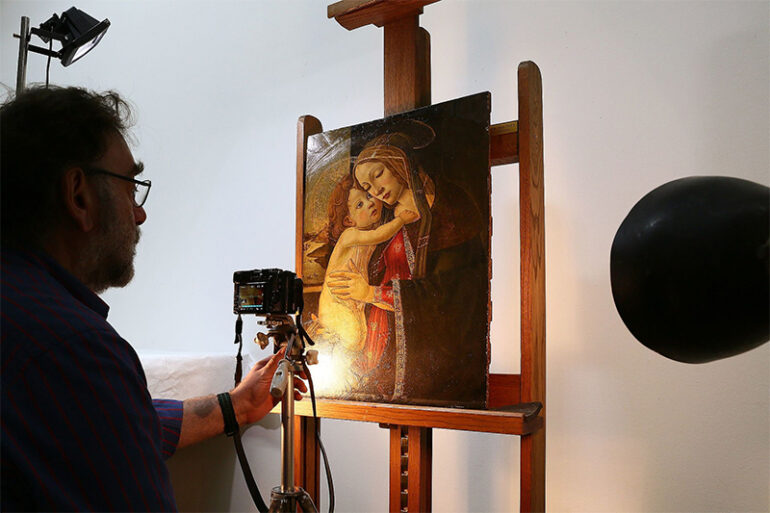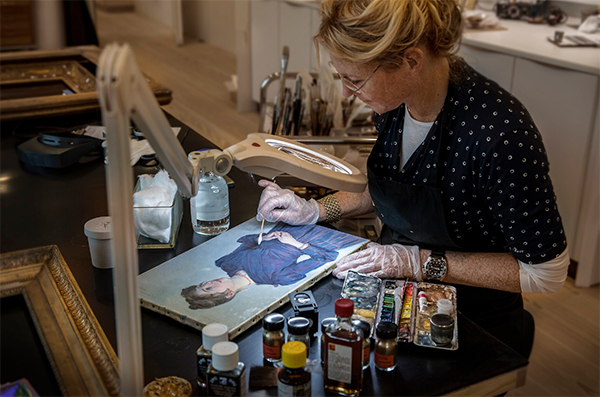Digital imaging technology’s application to art preservation and restoration has brought in a new age of accuracy and creativity in the conservation sector. High-resolution scans and sophisticated imaging methods allow conservators to now reveal minute features and hidden layers in artworks, opening the door for more successful conservation plans. Though technical constraints provide difficulties, the field of art restoration has bright future prospects, such as the use of artificial intelligence and non-invasive methods that will guarantee the long-term preservation of cultural legacy.
The Role of Digital Imaging in Art Preservation and Restoration
Because digital photography provides previously unheard-of methods for examining and recording artworks, it has completely changed the area of art preservation and restoration. Conservators can now see minute features and hidden layers inside paintings, sculptures, and artifacts thanks to high-resolution scans and sophisticated imaging methods. With this degree of accuracy, specialists can create conservation plans that work better and guarantee the long-term preservation of cultural legacy for next generations. Furthermore, this technological integration enables precise damage assessment and monitoring over time, allowing conservators to implement preventative measures and avoid future deterioration of invaluable artworks.
Advancements in Conservation Techniques Utilizing Technology
Modern technology integration has tremendously improved recent developments in conservation methods. Conservationists today have a wide range of instruments at their disposal, from 3D printing capabilities to help duplicate missing or damaged components to laser cleaning equipment that gently remove accumulated dirt without harming the original surface. These technical breakthroughs help to preserve creative treasures with previously unheard-of authenticity and precision while also expediting the restoration process.
Challenges and Limitations of Technology in Art Preservation
Conservationists must negotiate the difficulties and restrictions that technology in art preservation brings, despite its many advantages. A problem of this kind is the quick obsolescence of digital media and equipment, which might endanger the long-term availability and preservation of digitized artwork. Reliance on technology may also sometimes cause conservationists to lose their traditional handicraft abilities. A crucial factor in the preservation of art is still striking a balance between technology and conventional conservation techniques.
The Future of Art Restoration: Innovations and Trends
Promising new developments and trends in art restoration are to come as long as technology keeps improving. Using artificial intelligence and machine learning algorithms more and more to help with artwork restoration and analysis is one such tendency. Using these resources, conservators may expedite the restoration process and make better selections. Moreover, the creation of non-invasive methods for maintaining and cleaning fragile artworks is about to completely transform the industry and guarantee the durability of cultural assets for many years to come. Additionally, as these technologies continue to evolve, they open up possibilities for enhancing public engagement and education about art conservation, allowing wider audiences to appreciate the intricate processes behind maintaining and restoring historical artifacts.
Finally, the combination of cutting-edge technology and digital photography has fundamentally changed the field of art preservation and restoration, providing conservators with previously unheard-of resources for evaluating and protecting cultural assets. Though these advancements have drawbacks like the loss of traditional skills and technical obsolescence, the area of art restoration is expected to undergo a revolution because to promising trends like artificial intelligence and non-invasive methods. Ensuring the ongoing preservation of cultural treasures for future generations will require finding a balance between technology and conventional techniques.
Photo Attribution:
1st & featured image by https://commons.wikimedia.org/wiki/Category:Restoration_of_paintings#/media/File:Evaluation_d’%C3%A9tat_d’un_tableau.jpg

